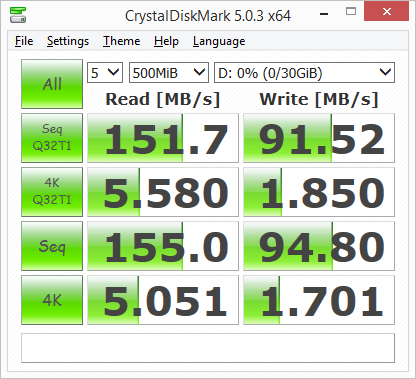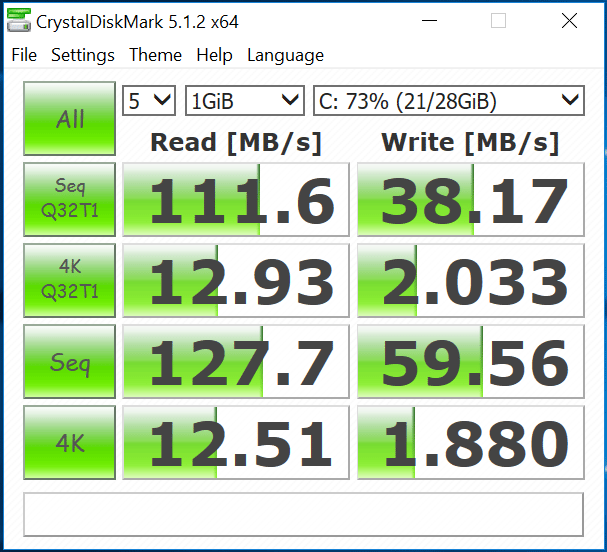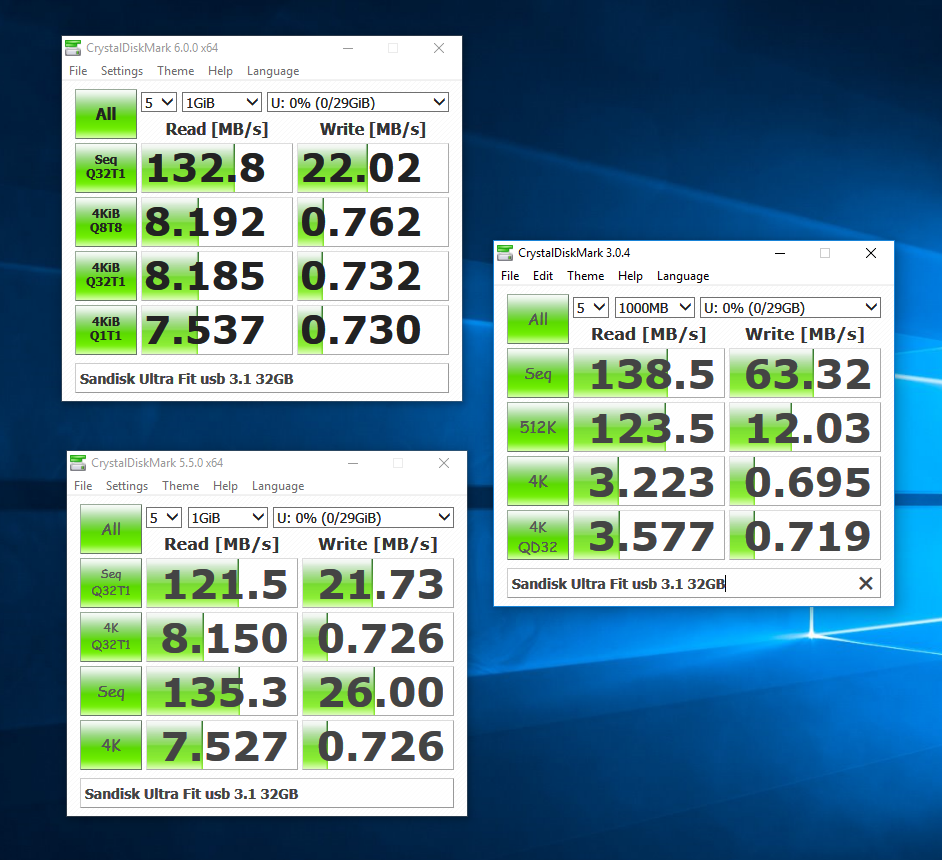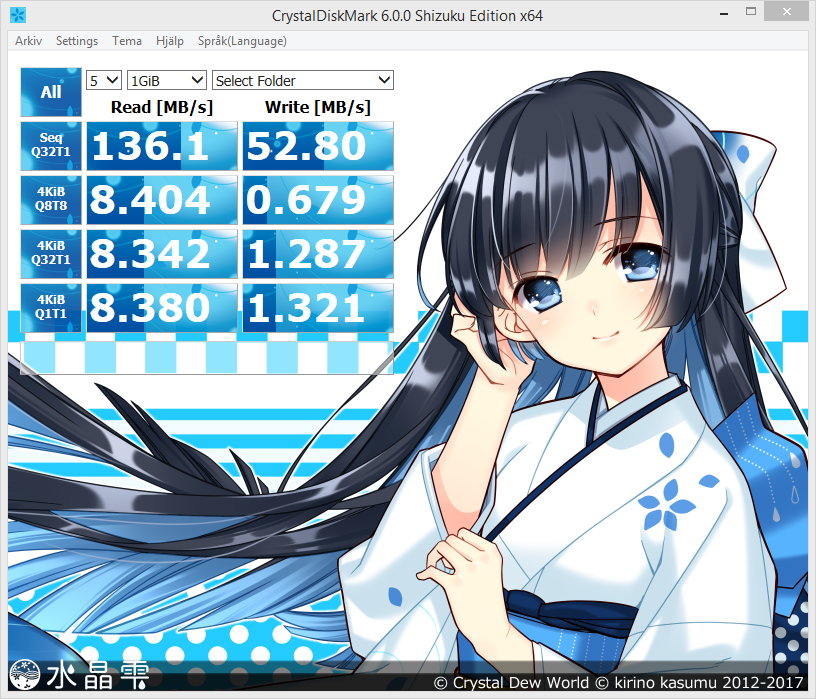Just got off Live chat (or phone call) with Samsung, Sandisk, PNY and Lexar regarding their FIT drives (listed in opening post).
The Samsung agent did write their drive has has wear leveling, but he couldn't confirm whether it is Static or Dynamic.
The Sandisk agent did not know if the drive had wear leveling.
The PNY agent did not know if the drive had wear leveling.
The Lexar agent said the drive has wear leveling, but he couldn't confirm whether it is Static or Dynamic.
Any software available that can help me with this determination?
Well, there is software that can help you determine what controller they use at least.
Like for example Flash Drive Information Extractor and ChipGenius:
http://www.softpedia.com/get/System/System-Info/Flash-Drive-Information-Extractor.shtml
http://www.softpedia.com/get/System/System-Info/ChipGenius.shtml
But you'd still need to figure out if the controller uses Static or Dynamic wear levelling (or both).
Now the Samsung and the Lexar drive look to use the same controller (SM3267).
There is no mention of the type of wear levelling used for Silicon Motion's USB controllers on their page other than that they all use: "Advanced wear-leveling to extend product lifecycle".
The controller in the SanDisk Ultra Fit cannot be detected by either Flash Drive Information Extractor and ChipGenius so no idea what controller they use.
Seeing as I don't own the PNY drive I'm unable to check what controller it uses.
Now some general information on the drives:
The SanDisk Ultra Fit is not one I am inclined to recommend.
The reason for that being both because write speeds can be a bit erratic and even worse - that it has a tendency to disconnect from the computer, particularly if you're writing more than a few GB to it.
If I remember correctly the Lexar S45 is not prone to disconnections (or at least not as much as the SanDisk Ultra Fit) and performance is more stable.
Unlike the SanDisk Ultra Fit and the Samsung FIT that have a small light pulse during any disk activity however it has a pretty obnoxious light flash rapidly which hasn't exactly endeared it to me.
Samsung FIT tends to perform about as good as the Lexar S45 or possibly a bit better even and does not disconnect even under sustained workloads.
Nor does it flash constantly like the S45 so it is certainly my favorite of the three.
As stated earlier I can't comment on the PNY drive however.





















